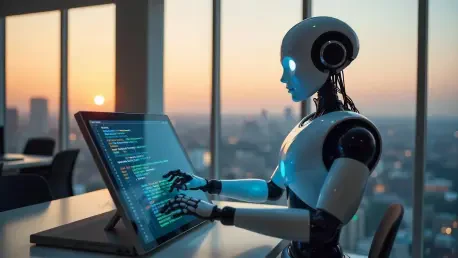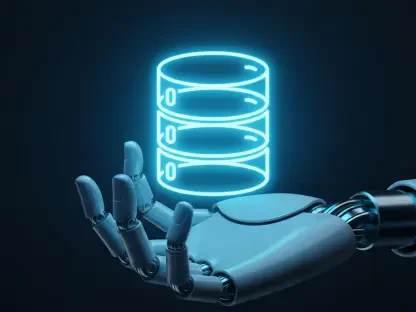In a dynamic showcase of technological advancement, the Google I/O event captivated audiences with its significant announcement. The highlight of the conference was the introduction of two groundbreaking AI tools, Stitch and Jules, designed to revolutionize the design and development landscape. These tools are set to enhance productivity through cutting-edge AI innovation, embodying the core theme of the event.
Overview of the I/O Conference
The Google I/O conference drew tech enthusiasts and industry leaders from around the globe to the heart of Silicon Valley. This annual event serves as a platform for Google to reveal its latest technology initiatives and engage with the developer community. More than just an exhibition, the conference is a celebration of innovation, focusing significantly this year on advancements in artificial intelligence. Attendees were eager to learn about new trends reshaping the industry, with AI-driven solutions underscoring every discussion.
The 2025 edition of this conference stood out for its emphasis on AI’s potential to transform the way digital products are designed and developed. Sessions were packed with insights into how AI tools like Stitch and Jules are primed to redefine existing workflows and enhance creative processes. These tools’ introduction epitomizes Google’s ongoing commitment to integrating AI into practical applications that benefit developers and designers alike.
Key Moments and Discoveries
The I/O conference was replete with pivotal moments that underscored the importance of AI in the technology sector. From keynote addresses to hands-on workshops, participants were provided with a comprehensive view of Google’s new initiatives. In particular, the demonstrations of Stitch and Jules offered a tangible sense of the potential these tools hold in usability and efficiency.
Insights from Keynote Addresses
Several keynote presentations at the conference shared groundbreaking findings and concepts. Leaders from Google’s AI division illustrated how AI-powered technologies can revolutionize traditional approaches. The announcement about the Gemini 2.5 series models drew particular attention, as these underlie the functionality of Stitch and Jules, marking a significant leap in AI capabilities. Experts also offered a glimpse into future trends, emphasizing the transformative role AI will play across various sectors.
Engaging Panel Discussions
Panel discussions offered a platform for industry experts to exchange views on the implications of AI advancements. These lively dialogues often centered around ethical considerations and strategic implementations of AI tools in the industry. Participants deliberated on how tools like Stitch could bridge the gap between rudimentary design processes and full-scale UI development while ensuring that designers retain their creative control.
Interactive Workshops and Demonstrations
Workshops provided attendees with the opportunity to interact directly with Google’s latest innovations. These sessions emphasized hands-on experiences where participants could explore the functionalities of Stitch and Jules firsthand. From designing application mockups to automating complex coding tasks, the workshops highlighted the practical applications designed to foster efficiency and innovation.
Product Exhibitions and Technological Innovations
The exhibition space buzzed with excitement around the newly introduced AI tools. Stitch emerged as a focal point due to its capacity to expedite the design process for web and mobile interfaces effortlessly. By converting simple text prompts into structured designs ready for integration, it lets developers and designers alike prioritize creative refinement. Meanwhile, Jules’s debut in beta opened up new avenues for automating debugging and task management, showcasing AI’s versatility in simplifying arduous coding tasks.
Event Impact and Future Prospects
The conference concluded with clear implications for the future of AI in design and development. The introduction of Stitch and Jules at Google I/O points to a significant shift toward AI-enhanced productivity, aligning with broader industry trends that favor technological integration into creative and coding processes. These tools reflect the growing influence of AI in streamlining operations and enhancing user engagement while preserving the creative aspect.
The event laid a foundation for future exploration in AI, paving the way for further innovations that will continue to reshape the tech landscape. By focusing on the practical applications of AI, Google has not only demonstrated immediate benefits but also set the stage for ongoing contributions to the advancement of AI technologies. The long-term impact of this event will likely be seen in how these tools evolve and influence digital design and development practices in the years to come.









